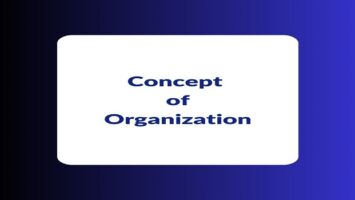Types of Department:
Departments may differ with regard to their size, structure, nature of work, internal relationships, and the like. Following are the main types of Departments:
(1) Large and Small Departments- On the basis of size, a department may be classified as a large or a small department. When the personnel working in a department is very large or its branches or units are located in all parts of the country, it is called a large or big department. A department that is not large is referred to as a small department. For example, in India, the departments or ministries of Railways, Posts, and Telegraphs are very large departments but the departments of Education, Health, and Agriculture are relatively small departments. However, the difference between small and large departments is one of degree and not of kind.
(2) Old and New Departments- In any government, some departments are very old. They have been in existence for a long time. The Treasury Department of the U.K. and the Finance Department of India are examples of old departments. There are some new departments established due to new activities of the government, like the Civil Service Department of the U.K. and the Human Resources Development of India. Again, the difference between these two types of departments is not organic.
(3) Unifunctional or Multi-functional Departments- On the basis of the number of functions entrusted, a department may be a unifunctional or a multi-functional department. Unifunctional departments are those which are built around a single or compact function such as the Department of Education, the Defense Department, and the Department of Agriculture etc. There are other departments which have many subdivisions carrying out many different functions. For example, the Department of Home Affairs or a unified Department of Cooperation, or the Department of Finance.
(4) Operating or Coordinating Departments- According to the nature of the activity undertaken by a department, a classification is made between an operating department and a coordinating department. Many departments have operational duties for example- the Postal Department and the Department of Telecommunications are operating departments. Several other departments perform only coordinating and supervisory duties. For example, the Department of Printing and Stationary is a coordinating department.
(5) Single-headed or Plural-headed Departments- When the head of the department is a single person, the department is called a single-headed department. When the department is headed by a bureau or a collegial body, it is called a plural-headed department.









Comments (No)